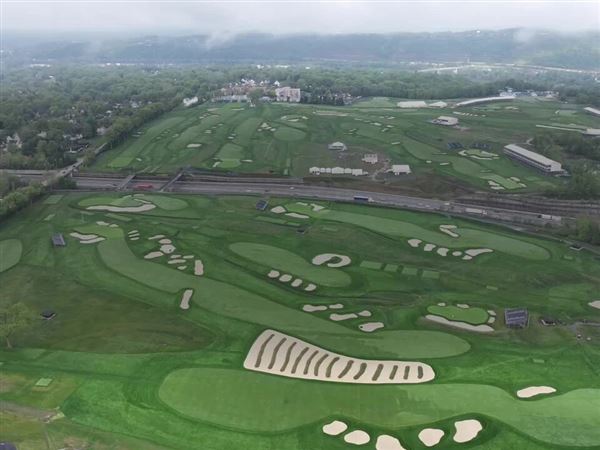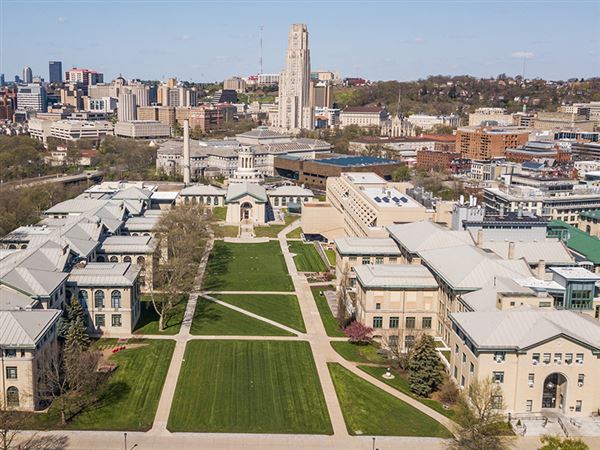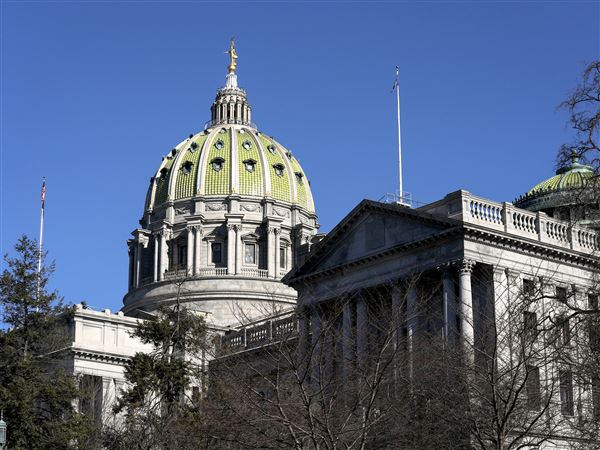There was no identification on the bodies of a man and woman pulled from an early-morning fire in a Friendship building, and evidence about the pair was scarce in the badly burned apartment.
The Feb. 8 fatal fire was the kind of case that comes along a few times a year for investigators with the Allegheny County medical examiner's office, when identification of a victim or tracking down next of kin is difficult.
In cases in which victims are from other countries, forensic investigators contact consulates and embassies to find the relatives.
Those cases, just a small percentage of the 9,000 death reports processed each year, often result from natural causes and involve people who carry identification, said Michael Chichwak, chief forensic investigator in the medical examiner's office. In those cases, foreign relatives often learn of their loved ones' deaths in two or three days.
Other deaths, such as those of Affo and Koko Doungbe, the brother and sister from Togo who died in the Friendship fire, might take slightly longer to process but rarely stump forensic investigators.
"You follow the leads and see where it takes you," Mr. Chichwak said.
Though investigators didn't find identification for either of the victims, Ms. Doungbe had lived in Pennsylvania for several years and had a driver's license, so investigators found her photo in the Pennsylvania Justice Network database, accessible to law enforcement agencies throughout the state, Mr. Chichwak said.
Her landlord, Robert Dax, also provided them with information to confirm her identity. He told investigators that Ms. Doungbe had recently been married and that her brother, who still lived in Togo, often came to visit her, Mr. Chichwak said. Investigators had two leads.
Amidst the burnt debris in Ms. Doungbe's apartment, members of the arson squad found two pieces of paper -- one that resembled an informal marriage license and contained private information about her relatives and another that contained information for a Western Pennsylvania man she knew.
Investigators contacted the local man, who told them that he thought Ms. Doungbe's husband was still in Togo trying to obtain the documents he needed to come to the United States. He helped them confirm Mr. Doungbe's identity and told them that he thought Mr. Doungbe's brother-in-law lived in New York.
The medical examiner's office took a two-pronged approach to finding the relatives, Mr. Chichwak said. While trying to track down the relative in New York, investigators contacted the Embassy of Togo in Washington, D.C. Workers there contacted their counterparts in the west African nation, who reached out to the Doungbe family.
Mr. Doungbe's brother-in-law learned of the deaths from his relatives in Togo before anyone in the United States could reach him.
"Everything kind of fell in line rather quickly," Mr. Chichwak said.
It took about two or three days to reach the Doungbe family after investigators confirmed Mr. Doungbe's identity, Mr. Chichwack said. The medical examiner's office released his name to the public on Feb. 16, eight days after he died.
"We knew it was just going to be a matter of time before we found family," Mr. Chichwak said.
Had they not found the papers with information about the Doungbe family and friends, Mr. Chichwak said investigators might have checked to see if either of the siblings' fingerprints matched those in national databases or if their dental records or X-rays might have matched those kept by local hospitals.
In addition to medical records, some hospitals keep records for their patients' family members on file. A social worker is always on call at UPMC Presbyterian to help identify patients who come in without identification or without relatives, said David Bertoty, clinical director of emergency and trauma services at the hospital.
Like law enforcement agencies, he said, doctors at the hospital will search through people's wallets and phones for identifying information. Occasionally, they use grocery store cards to trace people who have no other ID.
In rare circumstances when that doesn't work and local police have no luck tracking the person, he said, doctors hope that unconscious patients will wake up and reveal something about themselves. After working in the emergency department for about 25 years, Mr. Bertoty said he "was not aware" of a single case where a patient couldn't eventually be identified.
In the medical examiner's office, where investigators never have the luxury of waiting for someone to wake up, investigators who have run out of other options might take DNA samples and cross-reference them with a national database. They also can create a profile for the person on the National Missing and Unidentified Persons System.
The medical examiner's office currently has three unsolved cases -- all women whose bodies were found in the late 1990s or early 2000s and were so badly decomposed that investigators could not identify them. Those three women were buried in Woodruff Memorial Park in Canonsburg, where they will remain unless DNA evidence one day links them to a family.
First Published: February 19, 2012, 5:00 a.m.
















